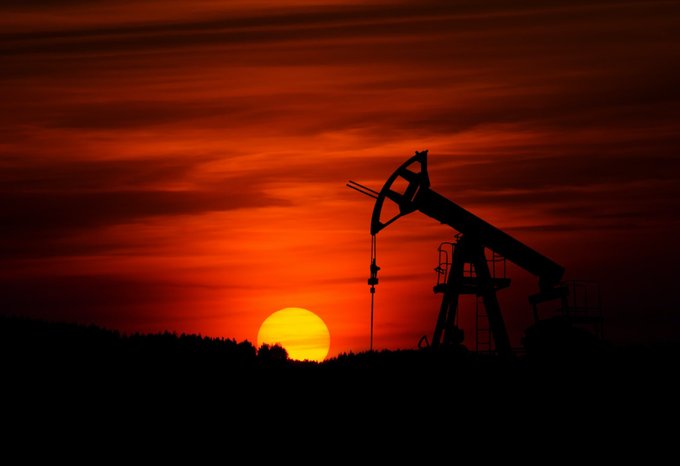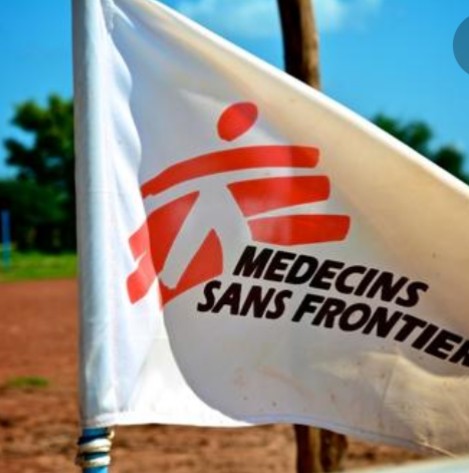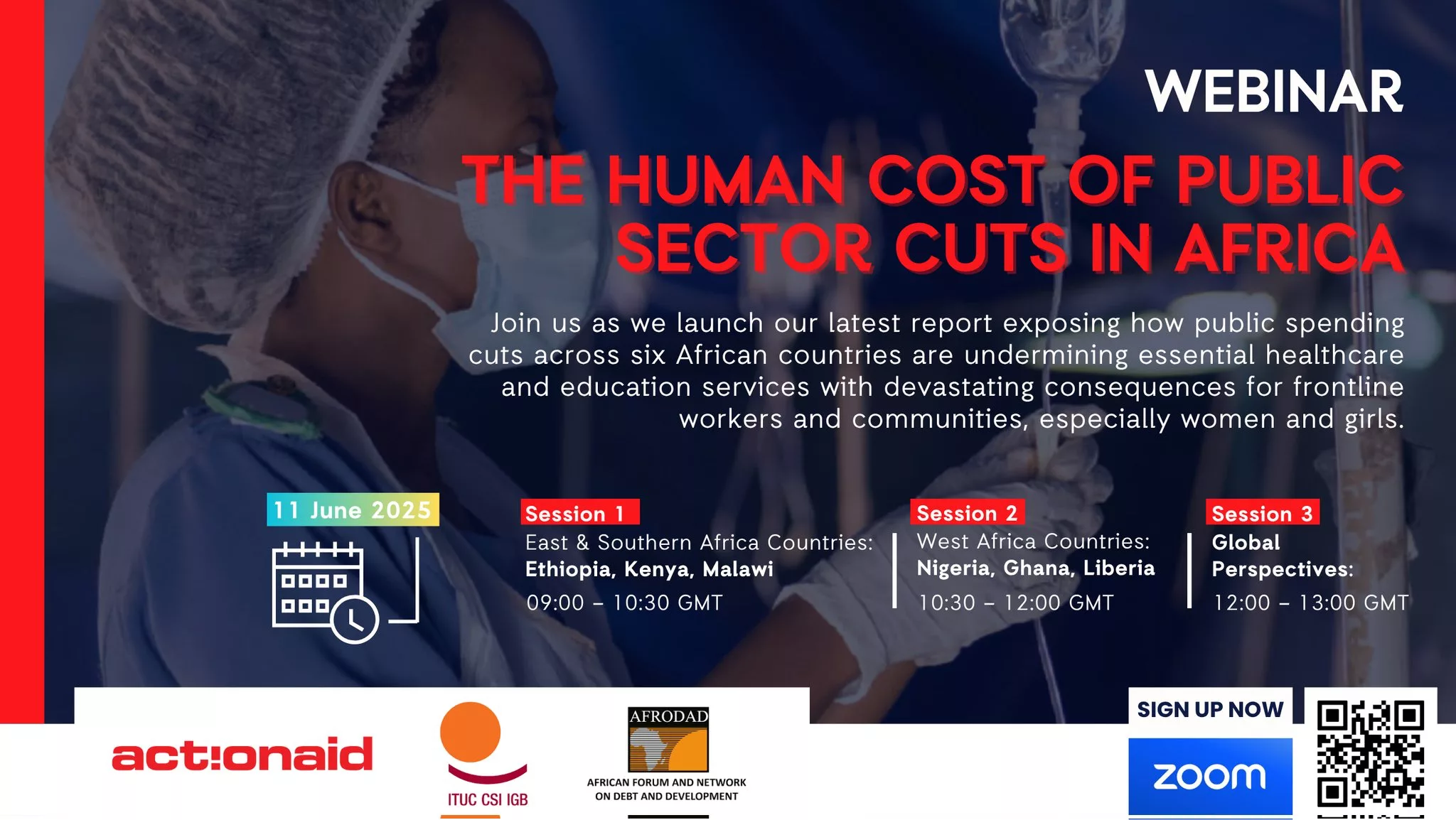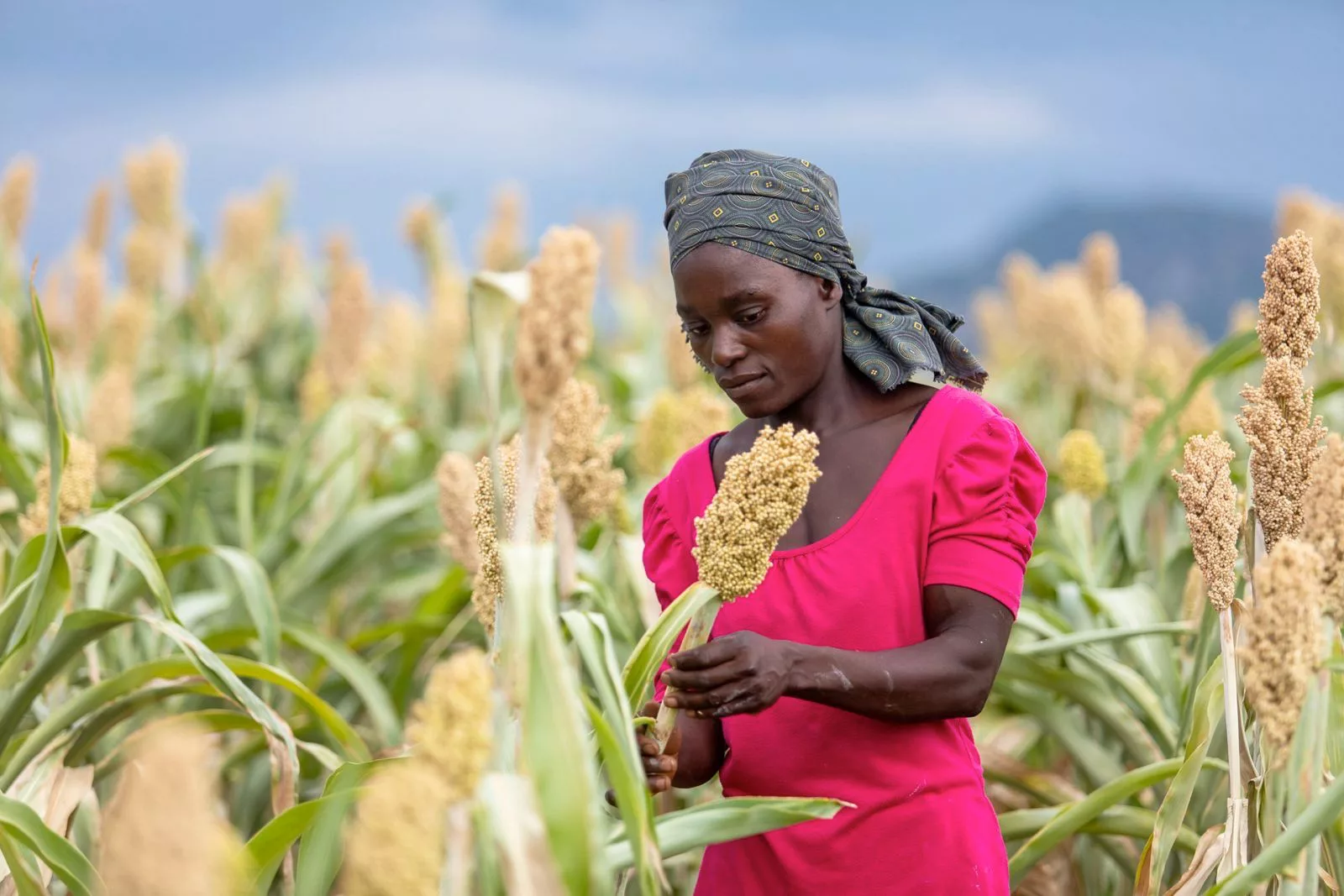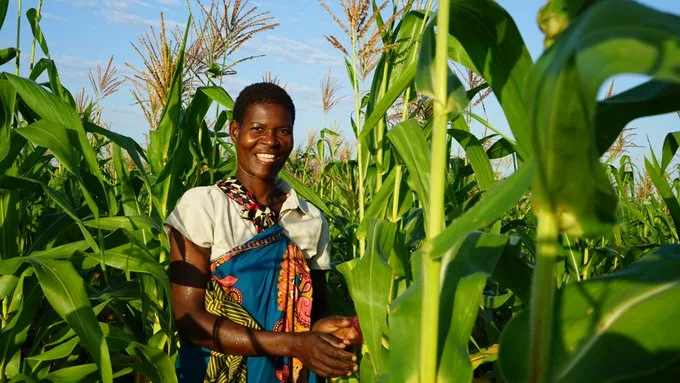|
Getting your Trinity Audio player ready...
|
By Kearney
Some African companies may need to pivot or scale down to withstand the current strains and maintain their operations
The ongoing Ukraine war and ensuing sanctions imposed on Russia (the most extensive in world history) have resulted in spasms in the oil and natural gas markets, driving well-documented disruptions to energy supplies, as well as agricultural resources.
Download document (1): https://bit.ly/3liEqdA
However, the shortages in supplies of crucial basic and precious metals, which are just as concerning to Africa’s business leaders as those in energy, and agriculture – have garnered far less coverage and attention.
“The sanctions against Russia – one of the world’s biggest exporters of raw materials – is causing knock-on effects that are rippling throughout many spheres of business, from the sustainability of Africa’s mining operations to the stable functioning of the manufacturing base,” explains Igor Hulak, a Partner at Kearney, a leading global management consulting firm.
The suspension of foreign shipping operations has triggered a worldwide shipping container shortage. With existing infrastructure insufficient for handling the redirection to and through Asia of raw materials in their full volumes, industries are looking for solutions.
In addition, alternatives that make use of ageing infrastructure are unsuitable as they pose massive environmental risks, as evinced by the catastrophic 2020 diesel spill at Norilsk Nickel, Russia’s worst-ever Arctic environmental disaster. China may have been able to fill the supply gaps, but ongoing COVID-related shutdowns and supply chain interruptions have made that difficult.
These sanctions and shutdowns will continue to affect Africa’s consumers as well, having manifested in increased prices for food and fuel [1].
Since early 2022, the five base metals that Russia produces on a vast scale – nickel, aluminium, copper, iron, and zinc – have experienced sharp price increases, and continued supply disruptions are likely to see prices rise further still.
“Nickel, which is a critical ingredient in lithium-ion batteries and essential for the global energy transition, is in short supply. Russian companies such as Norilsk Nickel, the world’s largest nickel producer, had historically supplied global markets. However, the sanctions have made Russia, which accounts for roughly 10% of the global share of nickel, unable to meet this global demand,” Hulak notes.
“This deficit in global supply presents an opportunity for African nickel producers, such as Zimbabwe and Botswana, to step in and fill the gap. However, overcoming existing inadequate export infrastructure will be a major challenge, requiring government buy-in and a collaborative multi-sector approach. Though the challenges are formidable, Africa must find a way to seize this opportunity and emerge as a key player in the new global metals market,” Hulak asserts.
Hulak says that prices of other base metals for which the world is less reliant such as iron and zinc (of which Russia produces 4% and 2% of the global share, respectively), are likely to stabilize.
Precious metal prices have, by contrast, shown less volatility. However, as these too are crucial to the electric economy, experts warn that price increases are still on the cards.
The most significant increases are expected in the platinum group. Russia accounts for almost 40% of the world’s supply of palladium and 11% of platinum, which is essential for hydrogen-based energy technologies (as well as alloys, circuitry, and ceramic capacitors).
According to Hulak, market and pricing drivers are currently indicating long-term price increases for the platinum group metals. This presents a golden opportunity for South Africa, still the world’s largest producer of these metals, to step in and fill the supply gaps. Moreover, this is a unique opportunity for South Africa to leverage its already strong position and expand its operations in the sector to meet the escalating global demand.
Hulak goes on to add that platinum group metals are typically associated with rare earth metals such as rhodium, iridium, and palladium. With Russia unable to supply such metals, and with potential higher demand for these metals from increased military activity, it creates a market gap that African countries can fill.
“Traditionally a reliable safe-haven investment, gold (of which Russia is a major producer [2]) is likely to see moderate price increases. This could work in favor of Africa’s gold production powerhouses like Ghana and South Africa[3].
The silver price is, however, expected to stabilize, mainly because of the lack of direct sanctions and Russia’s minor share of global production (6%).
At this pivotal moment, with the energy transition enjoying popular public backing, the major concern now is whether the market can find enough of the critical raw materials needed to support it. Apart from exacerbating the disruptions driven by the COVID pandemic, these supply shocks are compounding the price pressures associated with this global shift and the resources this requires.
Offshore wind plants, for example, need more than seven times the amount of copper compared to equivalent gas-fired plants; and EVs use more than six times more minerals than internal combustion-powered vehicles [4].
Supply disruptions will likely continue to affect global markets. As a result, some African companies may need to pivot or scale down to withstand the current strains and maintain their operations.
However, Africa’s wealth of natural resources, including many of the basic and precious metals currently in short supply, could allow her to leverage the opportunities presented by the shift towards an electric economy. By leveraging these resources effectively, Africa has the potential to drive additional economic growth, develop industries along the value chain, and create jobs.
Overall, however, the balance in global supply will not change significantly. As a result, prices for many base metals are expected to revert to the global consensus-forecast levels. Still, for some commodities, like nickel and precious metals, price increases look like they’re here to stay.


